Surf Training Products
How to Beat Board Rash...With Science...
The sun in shining. You’ve been surfing all day. It’s summer, and your 5/4 wetsuit, booties and hood couldn’t seem further away. Great conditions to work on your tan? Think again. Your thighs and chest have been rubbing against the wax of your board for hours. Feel the sting: You’ve got board rash.
Surf wax is made from paraffin or beeswax, typically with added resin and plant oils. Surf wax is designed to prevent us from sliding off our surfboards, and it’s incredibly effective at doing so. However, it’s all too common that parts of our body skid against the wax, resulting in board rash. I got a chance to sit down with Chris from L’Ocean Labs to talk about board rash, and how to prevent it. 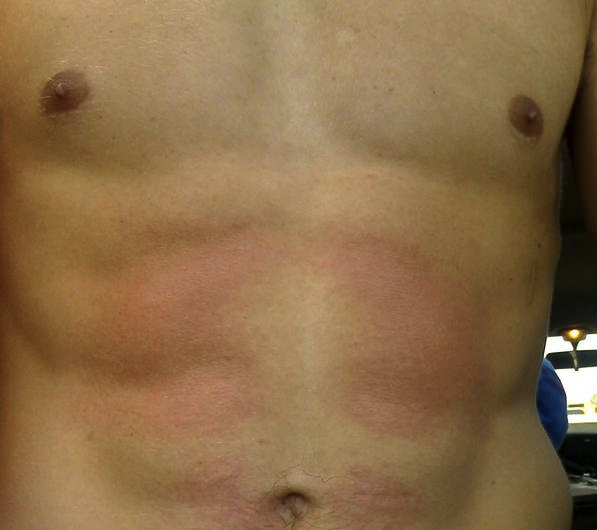 Let's just talk about board rash. For those getting ready for their first day in the water, what is board rash & how does it form?
Let's just talk about board rash. For those getting ready for their first day in the water, what is board rash & how does it form?
Board rash is an abrasion of the skin. Board rash typically comes from repeated friction of the skin, which causes irritation. That friction can occur from skin-to-skin contact, skin rubbing against the surfboard, wax irritation, or sometimes from the fabrics in our swim suit, wet suit, or even cloth rash guards.
Where on a surfer's body can board rash occur?
The most common areas for board rash are points of repeated friction like the armpit area, inner thighs, rib cage, and neck for those wearing a wetsuit. When you think of board rash think of where your body's moving parts are repeatedly rubbing like when we are paddling, or repeatedly sitting up and laying back down on the board, or when sitting upright we are gripping the board with our inner thighs.
If we're getting board rash, does that mean our paddling form, the way we put on wax, or our position on the board is wrong? If so, do you have any tips to fix these problems so we can surf better?
No, it does not necessarily mean you are doing something wrong. It could be as simple as the shape of your body or the sensitivity of your skin.
Editor’s Note: Sensitivity of your skin is huge here. It’s common for people who surf several times a week build up superhuman board rash resistant skin. For those weekend warriors, it’s common to get board rash every time we paddle out.
Depending on what kind of surfer you ask about how to handle board rash, you’ll get a big range of answers. You’ll hear everything from: “Rub some sand on it and deal!” to “Treat it with aloe”, or “I just use vaseline and shave your legs.”
Chris, frustrated with board rash and looking for a solution, took to the lab and help create “Naked Surf”.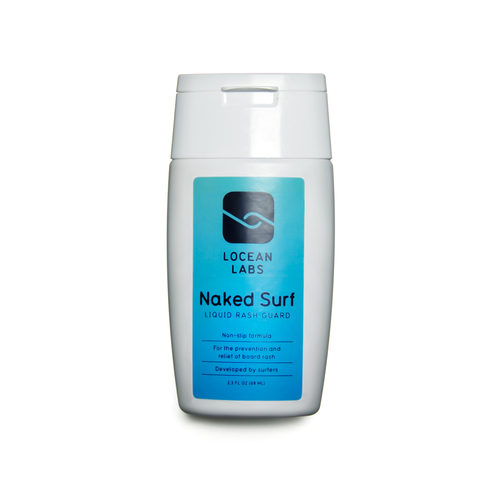
What does Naked Surf do?
It prevents board rash!! Simply stated, you put it on before surfing and no more board rash. Also, for the reasons listed below, Naked Surf is amazing at relieving the pain and swelling of board rash if you do get board rash. Plenty of customers use it after the fact to heal their skin and get them back in the water the next day. Of course, preventative measures are best.
How does it work? Naked Surf prevents board rash in several ways. First, it absorbs into the skin to provide moisturizer and a protective barrier for the skin. Second, the active ingredients in Naked Surf prevent inflammation, pain, redness, and microbial infection. Reducing inflammation prevents the rash from getting worse by making sure that the skin does not swell further. Also, Naked Surf eliminates the pain and redness associated with rash. Lastly, the antimicrobial agents are one last line of defense to help prevent any infection in the sensitive areas of the skin.
Is it safe for the environment?
Yes. The ingredient list is amazing. Also, the bottle can be recycled.
Can it help me if I already have board rash? Or should I wait for it to heal before I use Naked Surf?
Yes. Plenty of customers use it after the fact to heal their skin and get them back in the water the next day. For the same reason Naked Surf can prevent board rash, it also heals board rash very well.
How do we use Naked Surf & Sunblock?
First apply the Naked Surf and allow it to absorb into your skin. This will only take a few minutes. Next apply as much sun block as you like over the Naked Surf. This method allows Naked Surf to absorb into your skin and get the active ingredients working. Then you will have the sunblock on top to block out UV rays.
How much should we apply for maximum effect?
A little goes a long way. Use only a dime size (1ml) on areas like underarms, inner thighs, and stomach. A full bottle should last someone 2 months if they surf almost daily and up to 5 months for those surfing about two times a week. Just apply in areas where you are prone to board rash. There is no need to lather it on like sunscreen...a little goes a long way.
As a member of the team at SurfScience.com, it’s important to provide our audience with recommendations with gear that we have field tested ourselves. I’ll be honest, when I first heard about Naked surf, I was a little skeptical (like any good scientist). I have a long history with board rash, and my past experiments with some "board-rash-remedies" fell flat. I have tested with vaseline to prevent board rash. My test results with vaseline were less than optimal. Yes, when I applied large amounts it helped reduce board rash. However, it was super greasy, and I was actually sliding around on my board during paddling and I slipped when trying to stand. After lowering the amount of vaseline, it lost its ability to prevent board rash.
So after the vaseline research, I tested Naked Surf with a group of surfers. I told them to be brutally honest and to put the gel on their thighs and chests. Those already with board rash started to feel a tingle. I later found that this is caused by the menthol in the product. Menthol acts as a natural pain reliever, but when applied to already existing board rash, causes a cooling feeling which subsided after a few minutes. I have to say, that the gel felt great on my fresh skin, very soothing. 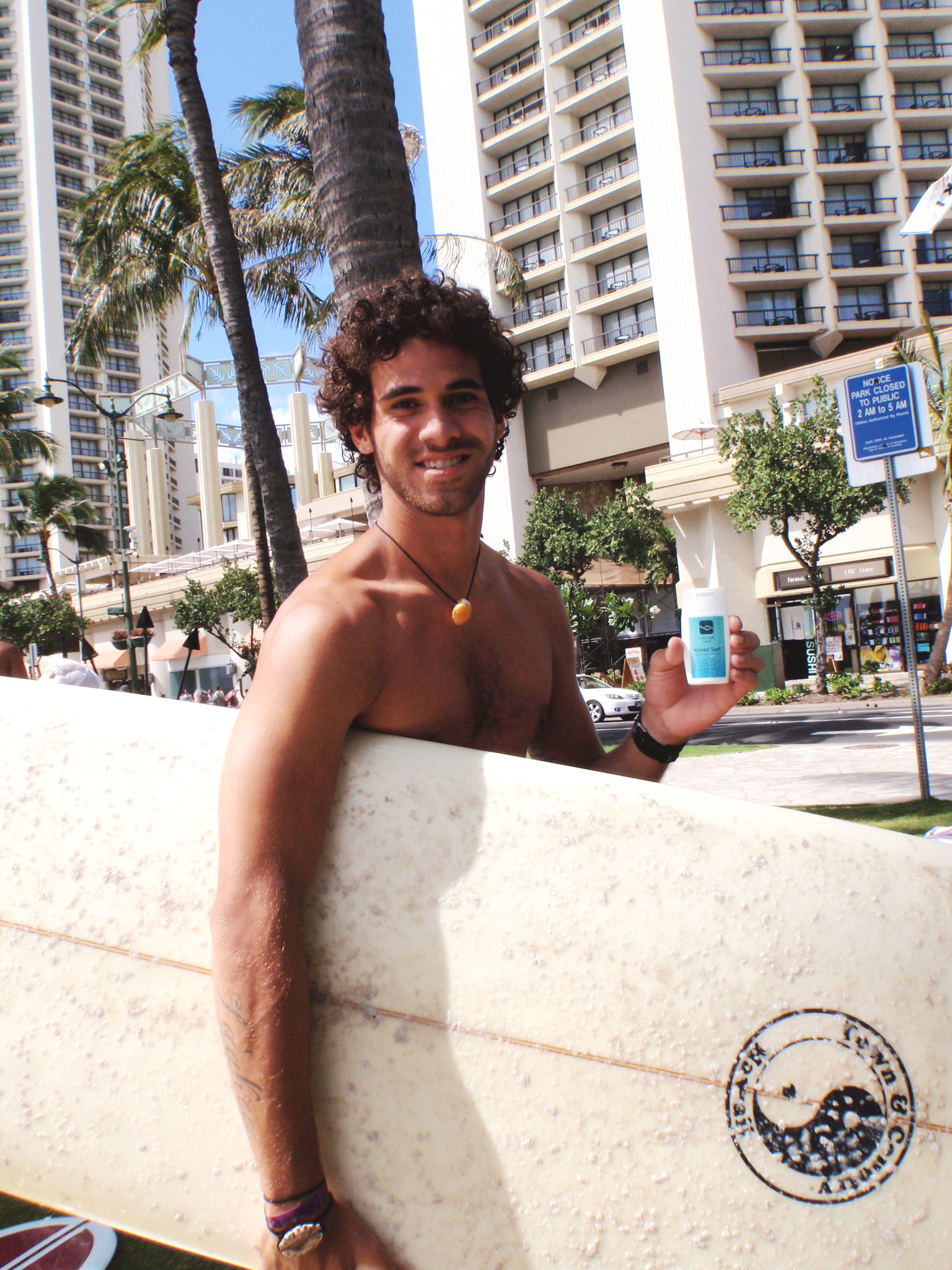
The results were surprising. Naked Surf prevented all four us from getting board rash, plain and simple. It gets the SurfScience.com stamp of approval.
The cream smells great, feels cool on the skin, isn’t greasy, and won’t cause you to slide around on your board. Naked Surf has skin conditioners, antioxidants, and pain relief from aloe. I normally get board rash on my chest/stomach from paddling, and I didn’t get any rash the day I tested Naked Surf - in fact, my stomach felt great.
The truth is, surfers get board rash. Unless we are surfing very often to build up consistent resistance, it’s likely to be a reality. If you’re looking for a solution, there are a few things you can try, like a rash guard. However, if you’re looking to go surfing with no top, or you’ve got board rash on your legs, where a rash guard won’t help, check out Naked Surf. Drop us a line and let us know if it worked for you too.
You can learn more about Naked Surf at their website: http://loceanlabs.com/
Update: I use Vibrams 5 Finger shoes to run and surf. Often, I would get blisters from these tight fitting shoes. I got creative and used Naked Surf where I would get the blisters. After letting them heal, Naked Surf prevented anymore blisters. This stuff is good.



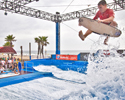
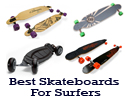
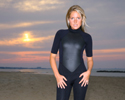
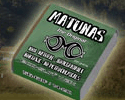
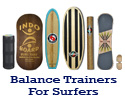
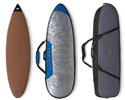
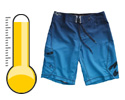
0 Comments